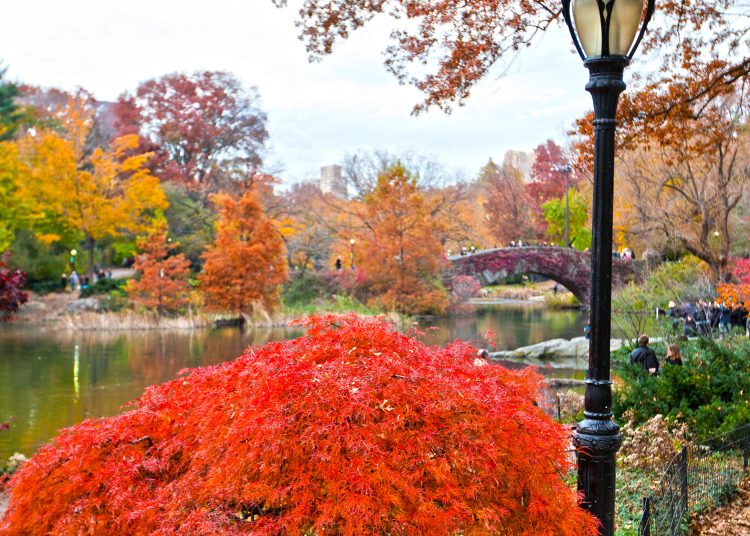Are you planning a trip to New York City? If so, make sure to explore Central Park, an 843-acre oasis in the heart of Manhattan. Central Park’s lampposts help you navigate the vast grounds. Each lamppost is marked with a set of numbers. The first two digits correspond to the nearest street, making it much easier to find your way. If the last two digits are even, you are closer to the east side; if they are odd, the west side is nearer. A letter may indicate a nearby landmark or area within the park, a detail even some locals do not know.
Moreover, these lampposts serve an essential role for maintenance crews and offer a navigation aid that blends with the park’s aesthetic. This design ensures the park remains beautiful while functional for workers and emergency services.

Beneath Central Park lay an intricate pneumatic tube mail system, part of New York City’s larger mail network in the early 20th century. This system sent a canister from the General Post Office to Harlem in about four minutes. Although this method of delivery is no longer used, surpassed by modern transportation, it is a component of New York City’s history.
While the lamppost navigation system is still in use, the remnants of the pneumatic mail tubes lie dormant beneath the park, preserved as a part. Some speculate that pieces of this old system could be uncovered during future excavations or renovations.
As you explore Central Park, take a moment to appreciate these elements. They represent the park’s evolution, balancing historical respect with modern-day needs. The lampposts provide guidance, while the buried mail tubes are reminders of a historical period.
Your visit to Central Park can be more than a scenic retreat from the city’s hustle. With this knowledge, you can share tales of the underground mail system that once connected the city. Enjoy your journey through one of New York’s landmarks, and look for signs of its storied past.

